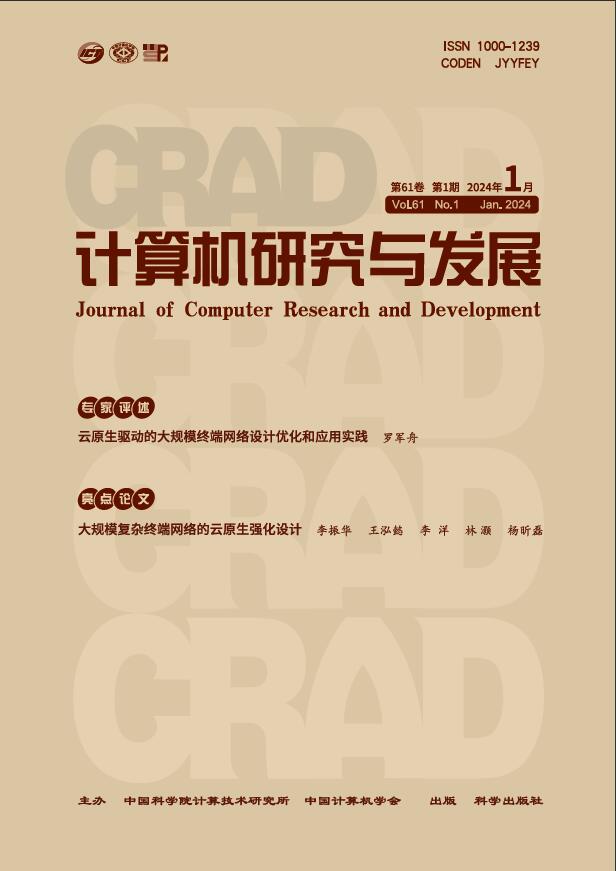新冠肺炎相关社交媒体谣言传播的定量分析
Q3 Computer Science
引用次数: 2
摘要
随着新冠肺炎疫情的爆发,社交媒体平台上流传着大量谣言,严重影响了社会稳定和公众安全。现有对COVID-19相关社交媒体谣言的定量分析仅关注传播的单一元素,如内容,而忽略了传播的其他基本元素,包括传播者、受众和效果。此外,与真实的社交媒体谣言数据相比,这些研究的谣言数据存在分布偏差和信息缺乏。因此,我们基于新浪微博平台对COVID-19相关社交媒体谣言的传播进行了更全面的定量分析。具体来说,我们首先分析谣言的传播内容,包括对话题、涉及地区、事件倾向和情绪的分析。此外,我们对从事谣言传播的用户进行了调查,并将用户分为三类,即谣言海报、谣言传播者和谣言告密者。我们探讨了参与用户的基本属性、话题偏好、个人情感和自我网络特征。最后,我们研究了谣言引发的舆论,包括总体情绪分布,它与话题、关键词和地区的相关性,以及情绪的演变。总之,本研究首先从传播的不同基本要素的角度对COVID-19相关社交媒体谣言进行了定量分析。它对COVID-19相关社交媒体谣言有了更全面、更深刻的理解,对突发公共事件谣言的研究和管理具有重要价值。©2021,科学出版社。保留所有权利。本文章由计算机程序翻译,如有差异,请以英文原文为准。
Quantitative Analysis on the Communication of COVID-19 Related Social Media Rumors
The outbreak of the COVID -19 pandemic is accompanied by numerous rumors spreading on the social media platform, which seriously affects the stability of society and the safety of public. Existing quantitative analyses of COVID -19 related social media rumors only focus on single element of communication, such as content, while ignoring other basic elements of communication, including communicator, audience, and effect. Besides, compared with the real social media rumor data, the rumor data of these studies have distribution bias and lack of information. Therefore, we conduct a more comprehensive quantitative analysis on the communication of COVID -19 related social media rumors based on the Sina Weibo platform. Specifically, we first analyze the communication content of rumors, including the analysis of the topic, involved regions, event tendency and sentiment. Further, we investigate the users engaged in rumor communication and divide the users into three categories, namely, rumor posters, rumor spreaders, and rumor informers. We explore the basic attributes, topic preferences, individual sentiments, and self-network characteristics of the engaged users. Finally, we study the public opinion triggered by rumors, including the overall sentiment distribution, its correlation with topics, keywords and regions, as well as the evolution of sentiment. To conclude, this study first quantitatively analyzes COVID -19 related social media rumors from the perspective of different basic elements in communication. It provides a more comprehensive and profound understanding of COVID -19 related social media rumors and is of great value for both research and management of rumor in public emergencies. © 2021, Science Press. All right reserved.
求助全文
通过发布文献求助,成功后即可免费获取论文全文。
去求助
来源期刊

计算机研究与发展
Computer Science-Computer Networks and Communications
CiteScore
2.40
自引率
0.00%
发文量
12012
期刊介绍:
The "Journal of Computer Research and Development" publishes high-quality academic papers presenting up-to-date research achievements and applications in various areas, including the theory of computer science, software, information security, networks, graphic and image processing, computer architecture, artificial intelligence, computer applications, database, storage technology, etc.
 求助内容:
求助内容: 应助结果提醒方式:
应助结果提醒方式:


